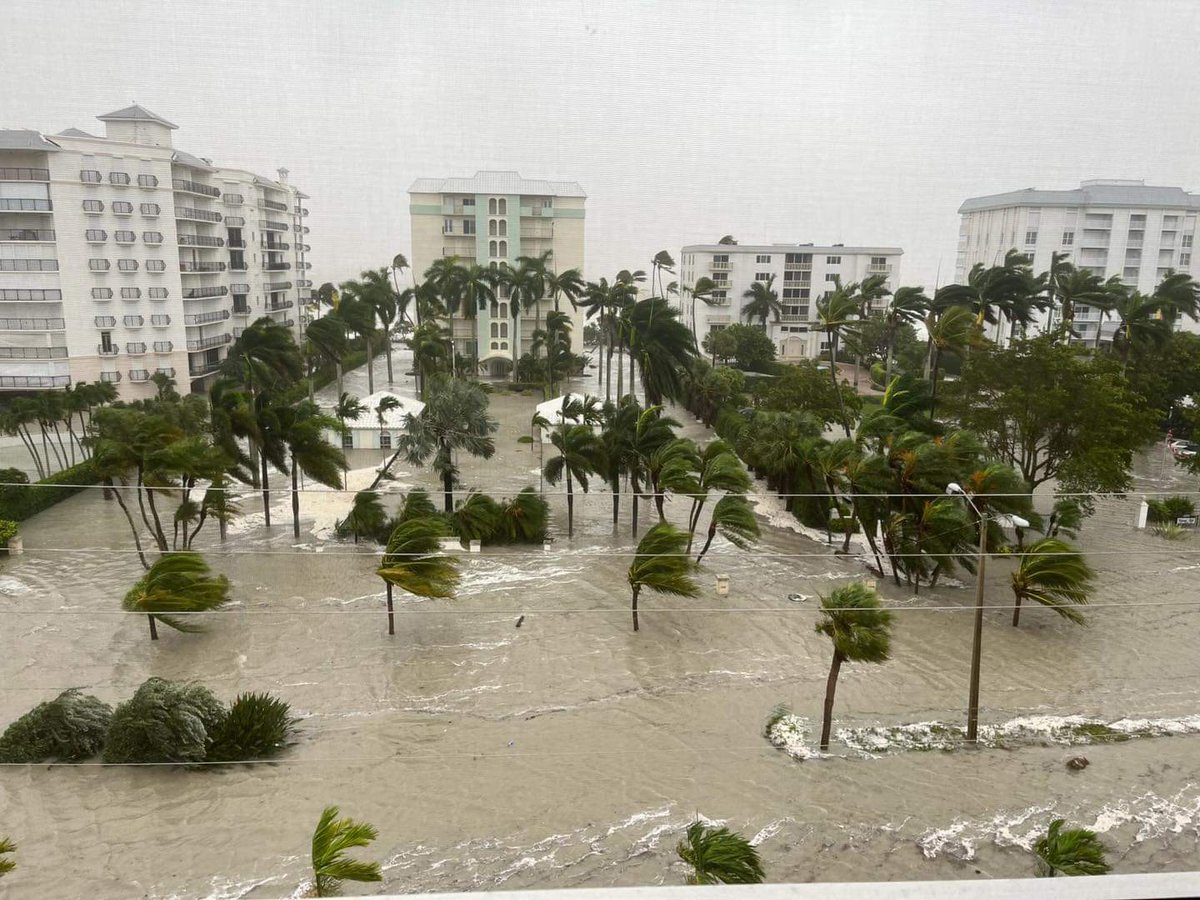
Just days after destroying parts of Cuba and leaving much of the country without power, Hurricane Ian pummeled Southwest Florida on September 28, 2022. The powerful storm came ashore with sustained winds of 150 miles per hour. It was just 7 miles short of becoming a Category 5 hurricane.
The dangerous storm surges caused by the strong winds turned streets into rivers and flooded hundreds of homes. Many residents had to be rescued from their rooftops. Hurricane Ian also uprooted trees and destroyed power lines, leaving over 2.5 million people in the dark.
Fort Myers was hit particularly hard. Hundreds of homes and buildings have been damaged or destroyed, and many parts of the city remain under 3 to 4 feet of water. Half of the city streets in Naples have been deemed "impassable" due to the high flood waters. Hurricane Ian also tore down large sections of the Sanibel Causeway, cutting off the only connection between the mainland and the Sanibel and Captiva Islands. The popular tourist destinations are home to about 6,400 people.
The only silver lining is that the powerful storm landed about 100 miles south of Tampa and St. Petersburg. Officials believe the hurricane would have been even more catastrophic if it had come ashore in the densely-populated Tampa Bay area.

While the hurricane has now been downgraded to a tropical storm, the danger is far from over. Experts believe that as Ian moves back over the water, it will draw power from the Atlantic Ocean and become a Category 1 hurricane. They expect the storm to make landfall in South Carolina on September 30, 2022. Residents of South Carolina, North Carolina and Georgia have been asked to avoid low lying areas due to the dangerous storm surge.
"While we will not see the full force of Hurricane Ian the way Florida did, we could see high winds, rain, flash flooding, and even tornadoes," S.C. Emergency Management Director Kim Stenson said.
Resources: Washingtonpost.com, NPR.com,earthobservatory.nasa.com, weather.com, wikipedia.org
